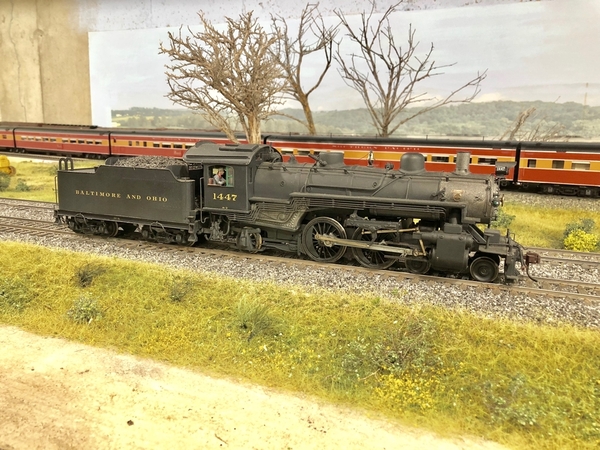When I built this All Nation model back in 1970, I had the same problem. The drive bearings have an external groove which allows them to fit into the frame slot. Two had a snug fit, so I made sure they were both on the same axle. I then filed both sides of the axle slot in the frame slightly, until the bearings were a slip-in fit.
When putting on the retainer plate, I found that it touched the rims of all four driver bearings but did not touch the frame by a few thousanths of an inch. So I filed the rims of each bearing until they matched the frame's bottom edge. Not much had to be removed, but it allowed the retainer plate to firmly fit on the frame with no binding of the drivers. I did not want to file the axle bearing slots deeper, as that would lower the locomotive closer to the rails and possible cause the pilot to touch on uneven track or beginning to climb a grade.
Fitting the worm to properly mesh with the main driver's gear required some fussy fitting of shims under the heavy brass mount to get it just right. A half century later, it still runs great! I sold it in 2018. Here it is at its new home.
S. Islander
















